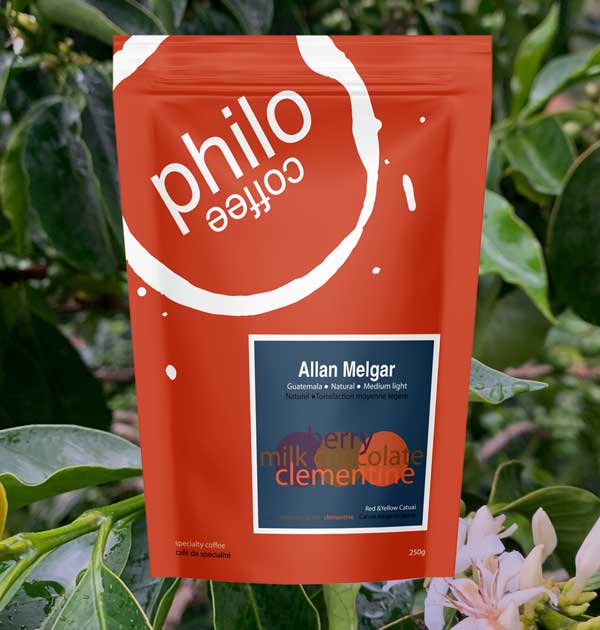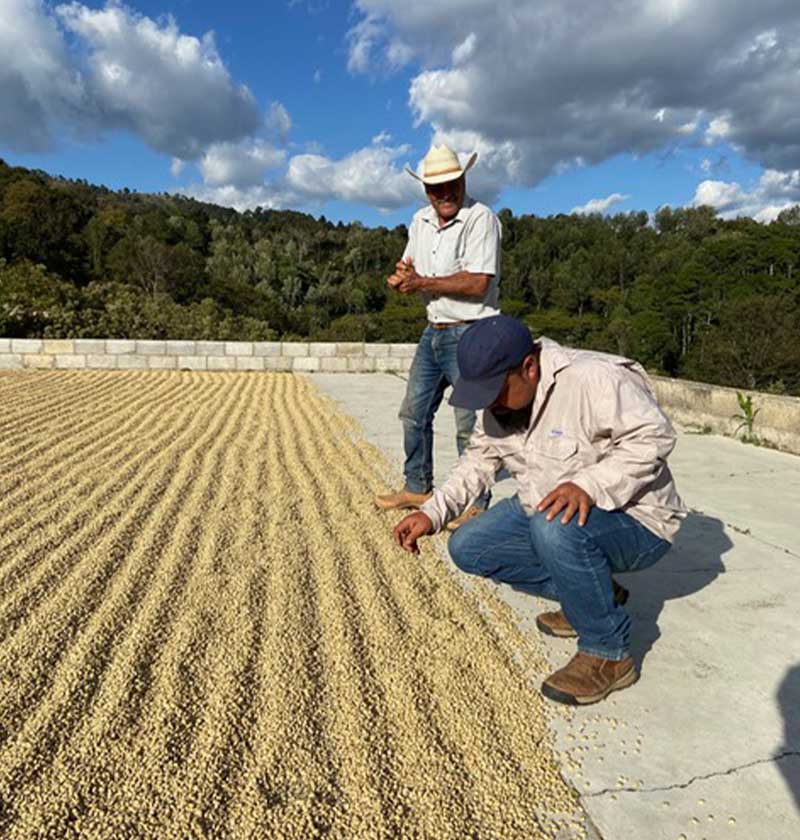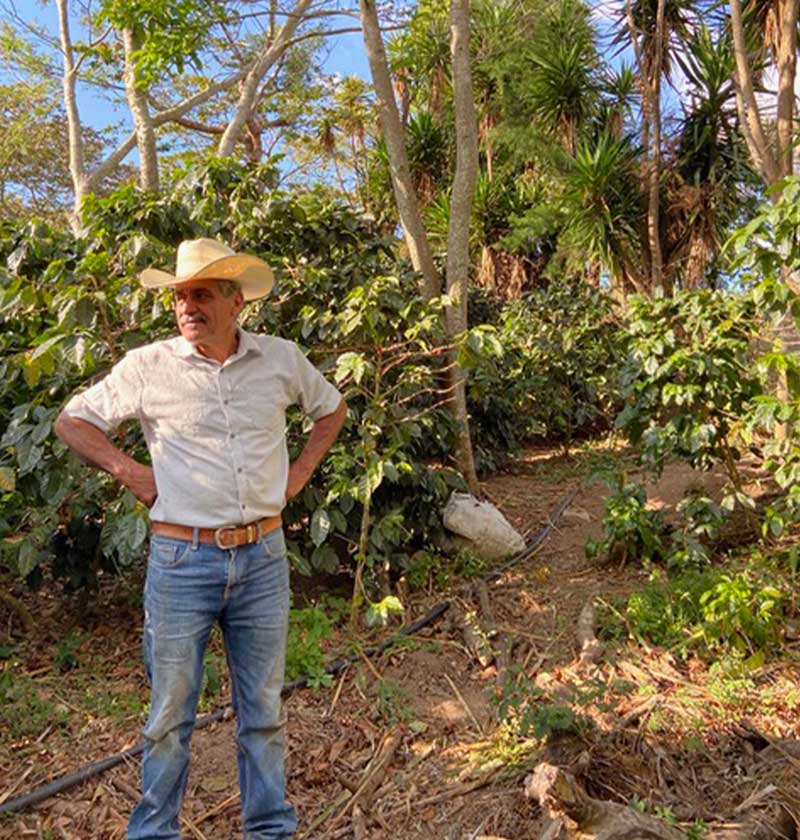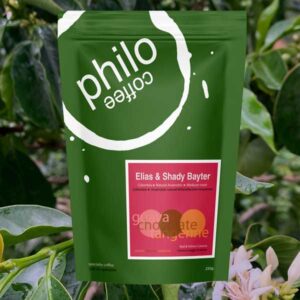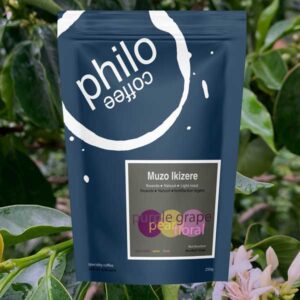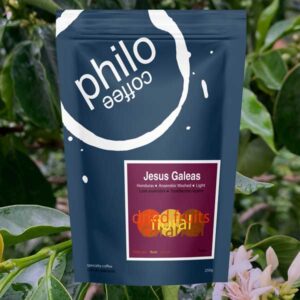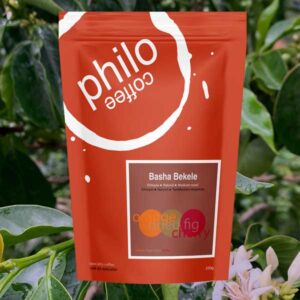Allan Melgar
Roast degree ![]()
berries – milk chocolate – clementine
Description
Country: Guatemala
Location: Casilla, Santa Rosa di Lama
Farm: Las Flores
Variety: Red & Yellow Catuia
Altitude: 1850 masl
Process: Natural
Roast degree: Medium light
Partner importer: Semilla
Project: Cafe Colis Resistencia
Recipes
Espresso:
- Use 18g of coffee.
- Aim to extract 37 – 39g of liquid.
- Extraction time should be 28 – 32 sec.
- Water temperature: 93 – 94°C.
Filter/Drip/Immersion:
- Start with a ratio of 1:16 (coffee to water).
- Example: If using 20g of coffee, target around 320g of brewed liquid.
- Water temperature: 93 – 94°C.
Pour Over:
- Start with a ratio of 1:16 (coffee to water).
- Adjust coffee amount according to your brewing tool. Example: Using 15g of coffee.
- Bloom: Use 3 times the coffee weight for the bloom. Wait 30-45 seconds. Example: Bloom with 45g of water.
- Pours: After blooming, divide the final brew amount into two pours. Example: Two pours of 97g each.
- Total brew time: Aim for 2:45-3:30 minutes, but focus on taste rather than exact time.
- Water temperature: 93 – 94°C.
Don’t forget to play around with the variables and have fun!
Enjoy
Process
Natural
Cherries are picked at peak ripeness and floated. They are then left to ferment in tile tanks overnight before being turned out onto a patio to be dried for 25 – 30 days in direct sunlight.
Context
Guatemala
The producer group around Mataquescuintla – known locally as Cafe Colis Resistencia – face perhaps the most adversity of any of the four groups Semilla works with. We were first made aware of this group by Drew Johnson of Bows Coffee Roasters in Victoria who — after reading about the trials faced by one of the group’s leaders Alex Reynoso — pursued all channels possible to get in touch with them and lend support.
Quietly Built, Loudly Opposed
For the Indigenous Xinca, the Escobal silver mine looms in the background, both figuratively and literally. Owned and operated by the Canadian-based Pan-American Silver, it’s estimated to be the second-largest silver mine in the world and was built without the consultation nor the consent of the local people, in direct contravention of the United Nations Declaration on the Rights of Indigenous Peoples (UNDRIP). Yet, at this moment, it sits shuttered, its license temporarily suspended thanks to the organized actions of the Xinca people, who claim a long and storied history of resistance to colonization and infringement in their territories that dates back to the Conquest of Latin America. Canadian involvement in extractive projects in this area is well-documented and goes back a minimum of two decades. Escobal specifically was conceived in the late 2000s, and its potential existence was met by a series of local plebiscites and referendums held through 2011 and 2012. Due to its size, the profit a company stands to gain through this project is enormous, yet all the risk remains on the local people who must live with the guaranteed detrimental effects on the well-being of their families and the natural environment that sustains them. It makes sense, then, why all of these multiple plebiscites reported at minimum 93% opposition to the project by the local population. In the municipality where the mine was eventually built, San Rafael Las Flores, the plebiscite, was blocked by municipal authorities, figures who have now been exposed as recipients of benefits from Esobal and its local subsidiary, Minera San Rafael.
Transparency
We paid Semilla: $5.75 US/lb
Contact us
This site is protected by reCAPTCHA and the Google Privacy Policy and Terms of Service apply.

